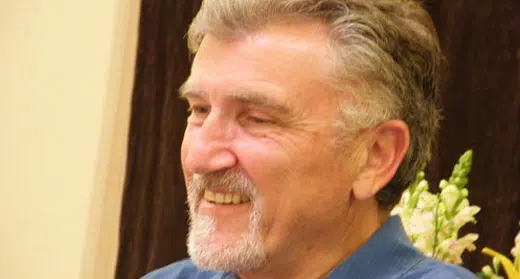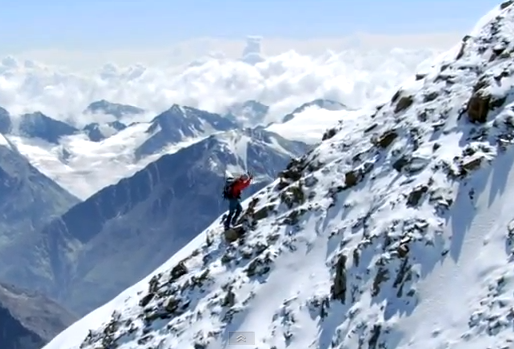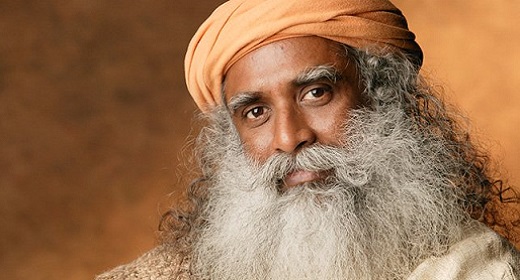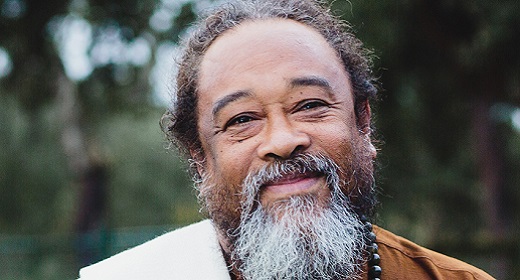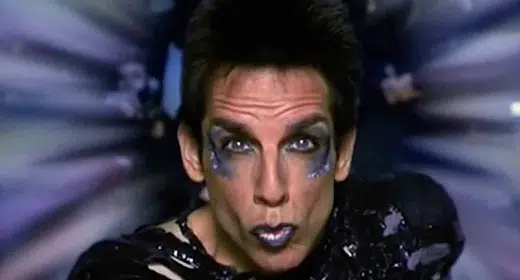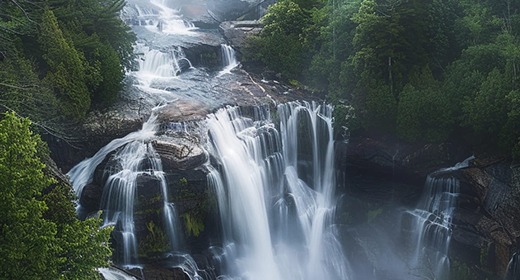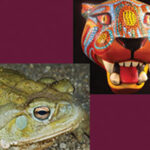Ben Stiller, Christine Taylor, and Milla Jovovich take us inside the making of a hilarious—and dare we say, prescient—classic…
Critics hated Zoolander. The Washington Post described it as “a one-joke movie,” while Time Out wrote that it was “a vanity comedy that fails at every level.” Audiences at the time weren’t much hotter on the flick; the film earned only $15 million during its opening weekend, just about half of its production budget. Many millions of Blue Steel references and I think I’m getting the black lung, Pop jokes later, that’s all a little hard to imagine. Certainly timing was a factor: the Ben Stiller-led satire hit theaters just two weeks after 9/11. “It was such a hard time with comedy,” recalls actress Christine Taylor, who played the investigatory journalist-turned love interest, Matilda. “Laughing might be a remedy in the moment, but the truth of the matter is, people weren’t ready.”
Stiller agrees. “It was a weird time,” he admits, speaking over the phone for the film’s 20th anniversary. So how did a middling box office performer become written in stone in the American comedy canon? Wouldn’t it have been just as easy for the public to forget it en masse? In the two decades since its release, the over-the-top fashion world sting has only become more timely, a preamble to the selfie generation that no one saw coming. Stiller, Taylor, and other members of the cast and crew help us trace its path.

’Zoolander’ is an American comedy classic now, but at the time of its release, the film was deemed a flop.
It was for the 1996 VH1 Fashion Awards that Stiller first invented the dim-witted male model persona of Derek Zoolander. By the time it moved from bit to full-length feature, a plot had developed whereby his character would be enlisted by an evil fashion designer named Mugatu (played by Will Ferrell) to star in a campaign that is actually a secret ploy to assassinate the Prime Minister of Malaysia. Alongside Stiller, Ferrell, and Taylor, rounding out the main cast were Owen Wilson as the “so hot right now” hipster model Hansel and Milla Jovovich as Mugatu’s snide henchperson, Katinka. Just as stacked was the roster of cameos: David Bowie, Billy Zane, James Marsden, Jon Voight, Vince Vaughn, Alexander Skarsgård, and more all managed to appear.
It’s nearly impossible to picture any of these roles in the hands of other actors, now, but many had other names attached at one point. Wilson was always Stiller’s first choice for who he wanted to play Hansel, but when it looked like he wouldn’t be available to shoot, they were forced to hold auditions. “The only one that I remember clearly was a young Jake Gyllenhaal doing this wide-eyed version of Hansel that was really funny,” recalls Stiller. He adds another revelation: “Andy Dick was supposed to play Mugatu,” but the comedian wasn’t available because he was working on a sitcom. “Now it’s impossible for me to picture anybody but Will doing it,” says Stiller.
Taylor was actually intentionally sitting out of auditions for the project. After not getting the role of Pam in Stiller’s Meet the Parents the year prior, she wanted to avoid any awkwardness at home. (The two actors wed in 2000.) But after a few people were offered the part—Sarah Jessica Parker and Kate Hudson, included—and it didn’t work out, her name went to the top of the list. “I remember getting a call from Ben one day saying, ‘So, what do you think about playing Matilda?’” she says. Referencing the studio supporting the movie, he continued his reasoning: “‘Paramount loves you, and you did The Brady Bunch Movie for Paramount, and they would love for you to do it.’”
For Stiller, casting Jovovich, a successful model who was in both the fashion and film worlds, as Katinka helped “legitimize” his movie. Jovovich used her mother’s Russian accent as inspirational fodder, and added a few extra flairs to her role’s personality. “I was very into her always looking like she just smelled something,” she says. And ultimately, Jovovich says she wanted to work against her model résumé. “In that sense, I wasn’t scared to look weird,” she explains.
Stiller was already serving as writer, director, producer and lead actor, but, as he reveals, at one point he was also going to also play both Maury Ballstein (who in the film was actually portrayed by Stiller’s real father, Jerry) and Derek’s twin’s brother. “One of Derek’s brothers was [supposed to be] a Springsteen impersonator,” Stiller recalls. “We ended up obviously going with the coal miner thing.” So Zoolander became a family affair, and the set became a place of constant crack-ups. Says Taylor: “Being able to have a scene with my father in law where he’s looking at my chest, [saying] ‘With a push-up bra, you could have a nice rack of lamb going on there,’ we were just laughing non-stop.” In fact, she adds, almost all of her and Stiller’s immediate family and friends are in the movie “in some capacity.”
As those who’ve seen it know, absurdity is a defining feature of the film. Derek, “a really, really ridiculously good-looking” model is famous for poses—“Blue Steel,” “Le Tigre” and “Magnum”—which, as Mugatu points out in a moment of fury, are all identical. His Magnum debut, at one point, even prevents the assassination of the Prime Minister. The inspiration for the most well-known look came from elsewhere in Tinseltown, it turns out. “There was a movie called Blue Steel that had come out around that time [in the ‘90s],” says the film’s co-writer John Hamburg. “Blue Steel was such a self-serious name.”

Will Ferrell as Mugatu, who, as Ben Stiller reveals, was originally meant to be portrayed by Andy Dick.
The more outrageous plot points come to mind easily: a walk-off between Derek and Hansel where they each try to remove their underwear with one hand (Hansel is the only one who is successful); a gasoline splash fight-turned-accident where Derek’s male model friends die; and, perhaps most notably, one of the more bizarre orgies in the mainstream film history books. Matilda and Derek go to Hansel’s apartment to hide from Mugatu the night before Derek is supposed to turn into an assassin and the trio drink some form of a psychedelic tea before embarking on a romp that involves Hansel’s groupies, a monk, and a goat.
(That scene in particular required extra from Stiller on the back-end when the ratings board wanted to offer a R-rating as a result: “Ben went to the ratings board to say, ‘Listen, Would I ever put my wife in anything that would be questionable?’” Taylor recalls. “Because he got to use that as part of his argument, coupled with keeping it shorter and lessening the amount of characters that made it into that scene, [that] had to do with how it ended up getting rated [at PG-13].”)
Beyond the existing, ridiculous plot points, Stiller also recalls that “there was a whole Island of Dr. Moreau idea where Mugatu was breeding models and animals and there was a half man-half donkey called the ‘Vanderloo donkey.’” It all helped grow the cult following for the work following its disappointing release.
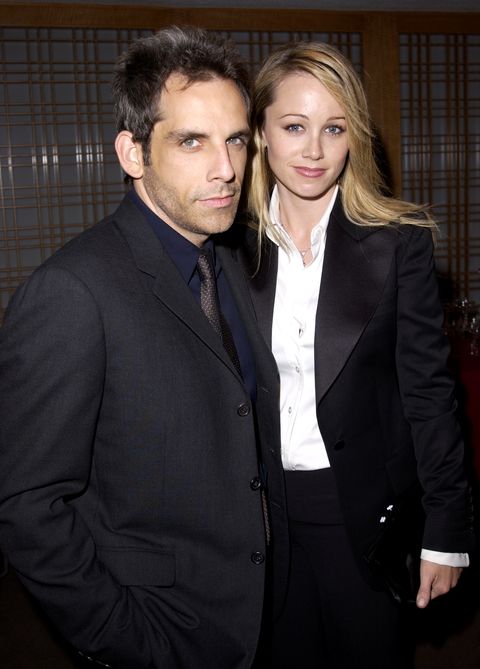
Still, while Zoolander is, unabashedly, a parody, it also touched on real-life issues within the fashion industry, from designer labels violating child labor laws to commentary on rampant eating disorders within the model ranks. The film also held magnifying glass to a culture that was consumed by narcissism and an obsession with appearances. Those involved feel like it was ahead of its time. “It kind of predated social media, obviously, but I think it tapped into these things that were brewing [and] would explode with the Kardashians and the Hadid kids,” says Hamburg.
Mugatu is a scathing mockery of the privilege and insidery ethos that make the design world feel so frequently out of touch. Take, for instance, his “Derelicte” campaign, which he selects Derek to be the face of: It’s inspired by, as he says in the movie, “the very homeless, the vagrants, the crack whores that make this wonderful city so unique.” (In reality, Mugatu and his line seemingly paid homage to John Galliano’s controversial, homeless-chic, haute couture line from his 2000 Dior collection.)
Jovovich says that plot design felt natural. “[It] felt so relevant in that these big fashion designers would also be these super-villains because you had Versace and they’re so overtly snooty and mean that in our fantasies, they could be super-villains,” she says. Over-the-top story arcs aside, she believes, she says, that the “cliquey” industry “was perfectly represented in that all of these big scions from these houses are evil.”
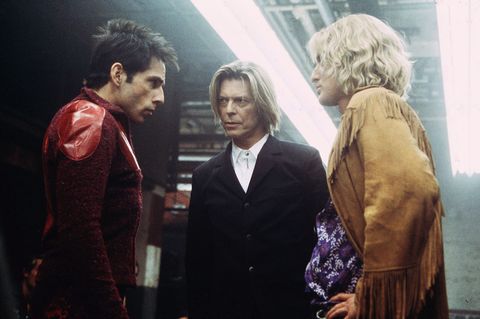
David Bowie was one of the many memorable cameos.
For all that it was ahead, however, several elements have aged poorly in the 20 years since Zoolander‘s release. Most sweeping is the blanket assumption that male models are moronic—something that lingered throughout the fashion industry following the arrival of the film. Also, at one point, Matilda refers to Mugatu’s evil henchwoman Katinka as a “she-male,” resulting in an unfair dig at the transgender community. There is also a scene in which Derek and Hansel wear blackface and brownface as “disguises” before removing part of their makeup to act like apes trying to figure out how to turn on a computer. The treatment of eating disorders, is also noticeably uneven; after Matilda confesses to suffering from bulima, it becomes a punchline for Derek and Hansel.
It’s following grew anyway, and, in 2016, Zoolander earned a sequel, which featured even more celebrity cameos, plus a deep dive into smartphone culture. If Stiller’s original 2001 ending had been greenlit, that wouldn’t have been possible. As Hamburg recalls, “Ben was just reminding me that there was some ending where Zoolander died and went to heaven.” Died! It was never actually filmed, but Stiller remembers that it was meant take place on train tracks where a bullet train was zooming at Derek. “He has to shoot the ‘Blue Steel’ or ‘Magnum’ look at the train to stop it, and it doesn’t work,” Stiller says. “The train plows and kills him, basically, and then he goes up to heaven.” (Ultimately, the studio didn’t think it was funny enough, so they chose a “feel-good ending” instead. For viewers, it’s probably for the best. What would we have done if Derek wasn’t able to launch his “Center for Kids Who Don’t Read Good?”)
Twenty years on, it’s possible that the world has just finally caught up to Derek Zoolander. With its daft humor, on-point criticism of the fashion industry, and exhaustive list of celebrity cameos, Zoolander has a legacy that has not just lived on with audiences, but grown in accuracy. Thanks to the rise of smartphones, social media, and the selfie set, the superficiality that consumed Zoolander now mirrors society. And as for “Blue Steel,” “Le Tigre” and “Magnum”? They’re all different versions of “duck face.” In 2021, whether we’d like to admit it or not, we’re all just Derek and Hansel—but with better lighting.

